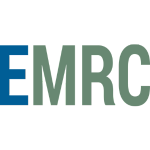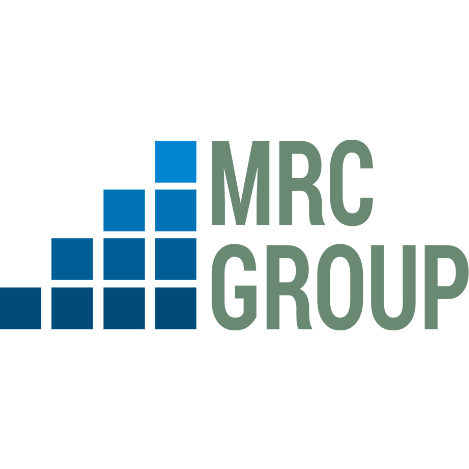







Feed-In Tariffs.
A feed-in tariff is an incentive programme aimed at encouraging investment in grid integration of renewable energy sources by offering small-scale renewable electricity producers above-market compensation for the energy they feed into the grid. They are usually long-term agreements, ranging from fifteen to twenty-five years, and provide cost-based compensation.
When properly implemented, these policies can support the development of low-carbon technology, renewable energy sources, and sustainable energy practices.
Feed-In Tariffs in Nigeria.
FITs were introduced in the Nigerian power sector in 2016 after the Nigerian Electricity Regulatory Commission (NERC) established the Feed in Tariff Regulations for Renewable Energy Sourced Electricity in November 2015. Key provisions of this regulation include:
- Renewable Energy Purchase Obligations: Electricity distribution companies (Discos) are required to purchase 50 percent of their supply from the Nigerian Bulk Electricity Trading Company (NBET) and the other 50 percent from renewable sources.
- Classification of small and large power facilities: The regulation distinguishes between small and large power facilities, classifying electricity produced by smaller plants as renewable energy by default.
- Auction Process for Large Projects: The process for conducting auctions for larger projects was established in the feed-in tariff regulations. This is important because in the renewable energy industry, a good auction process is critical for supporting developer competition, market-based price discovery, risk reduction, policy flexibility, sustainable development objectives and promoting innovation.
Benefits of the Feed-In Tariff.
- Promotes Competition: FITs make it possible for renewable technologies to compete with heavily subsidized conventional sources of energy.
- Supports Energy Transition: FIT policies can support the reduction of dependence on fossil fuels like coal and oil by expanding the domestic renewable energy supply market.
- Promotes Investment: A key purpose of FIT policies is to stimulate investment in the sector. It encourages more investments in the renewable energy market which in turn promotes technological innovation.
- Emissions Reduction: By encouraging investments and growth in the renewable energy sector, FIT policies can support the displacement of fossil fuel power plants and generators thereby resulting in an overall reduction in greenhouse gas emissions.
- New Job Opportunities: As the renewable energy market expands, there will be new job opportunities and FITs can support this objective.
Challenges Faced in the Implementation of FIT and Their Possible Solutions.
The successful implementation of FITs can be hindered by certain factors. Below, we have highlighted some challenges and suggested strategies that may be applied to tackle them.
- Sustainability of FITs: Ensuring Feed-in Tariffs (FITs) are sustainable over the long term is difficult, as they are often seen as temporary measures to kickstart renewable energy sectors. Policymakers may explore alternative mechanisms like carbon pricing or auctions to provide renewable energy producers with a more stable and predictable revenue stream.
- Finance and Funding: The high initial costs required for renewable energy infrastructure can deter investors. To address this challenge, governments may consider covering the upfront costs, however, this strategy could be particularly challenging for developing countries.
- Setting The Right FIT: Finding a balance between promoting the growth of renewable energy sources and preserving reasonable energy prices is difficult when deciding on the tariff. While high tariffs may burden consumers and result in higher energy prices, low tariffs may discourage investors. To ensure fairness, policymakers must consider the costs of producing renewable energy, competing energy sources, and investment requirements to ensure that the tariff offered is primarily cost-based.
- Inconsistent Energy Output: Renewable energy sources such as solar and wind can be unpredictable, putting the stability of the grid at risk. Regulators and governments can address this by designing FIT programs that enable seamless grid integration through technology such as local energy storage and improved grid infrastructure.
Conclusion.
FIT policies are crucial in encouraging investment in renewable energy sources, promoting sustainable practices, and low-carbon technology development. FITs can promote competition, support energy transition, attract investment, reduce emissions, and create job opportunities. However, challenges such as sustainability, finance, price setting, and variable energy output hinder successful implementation. To overcome these, policymakers should focus on long-term sustainability through carbon pricing or auctions, innovative financing solutions, and implementing suitable grid integration strategies. By tackling these challenges, countries will be better positioned to create a sustainable energy future.











